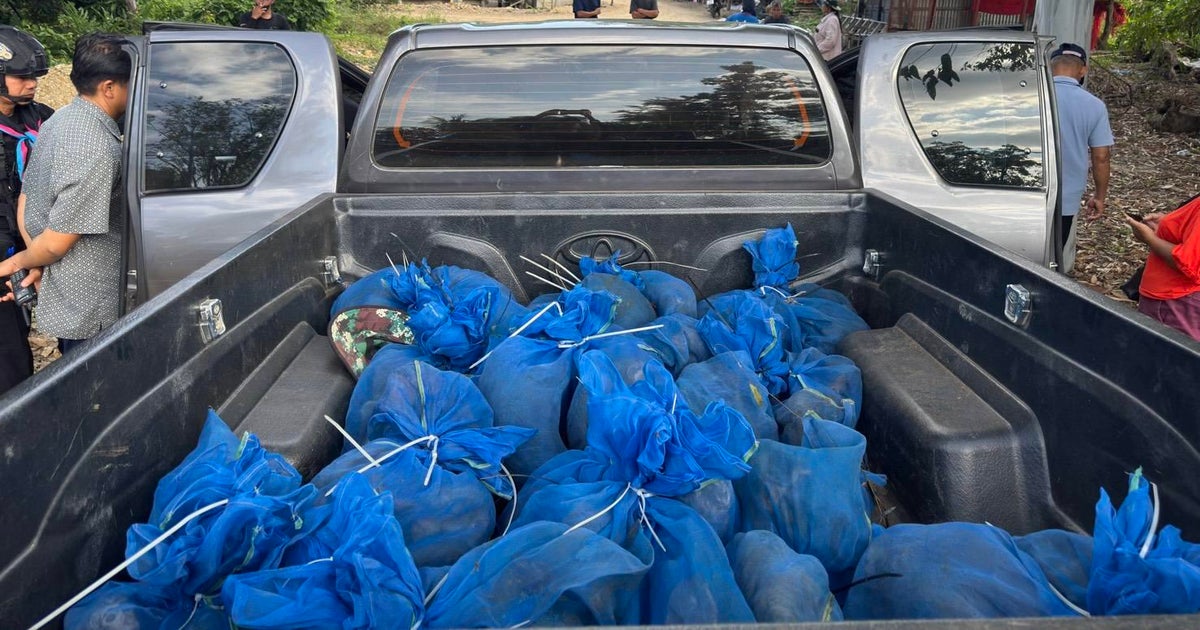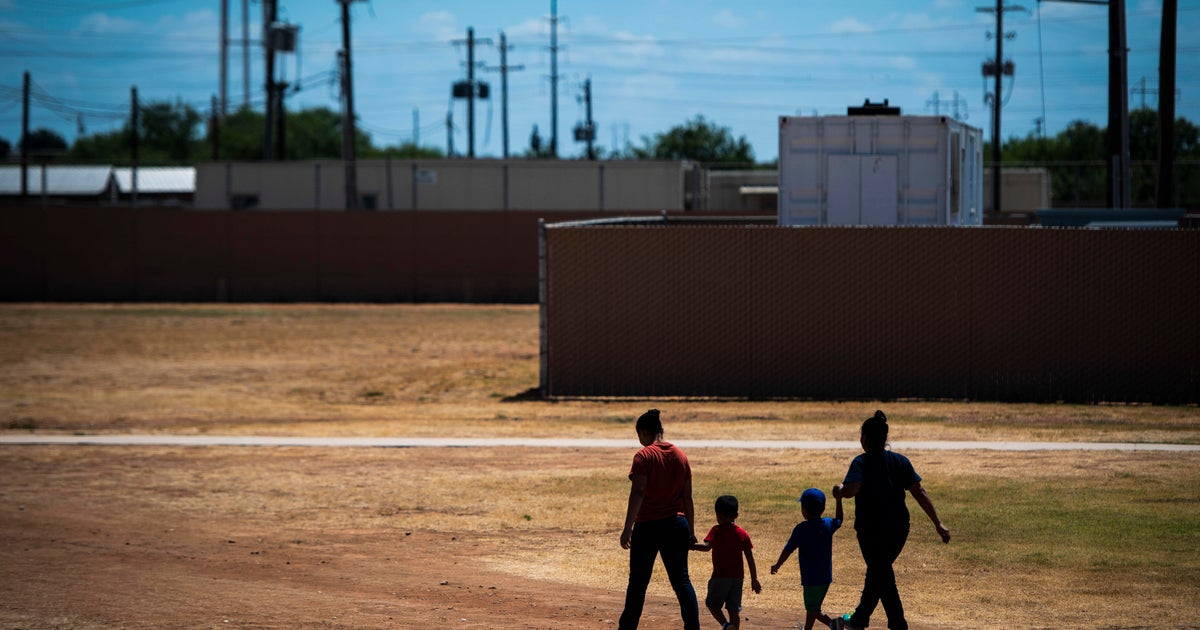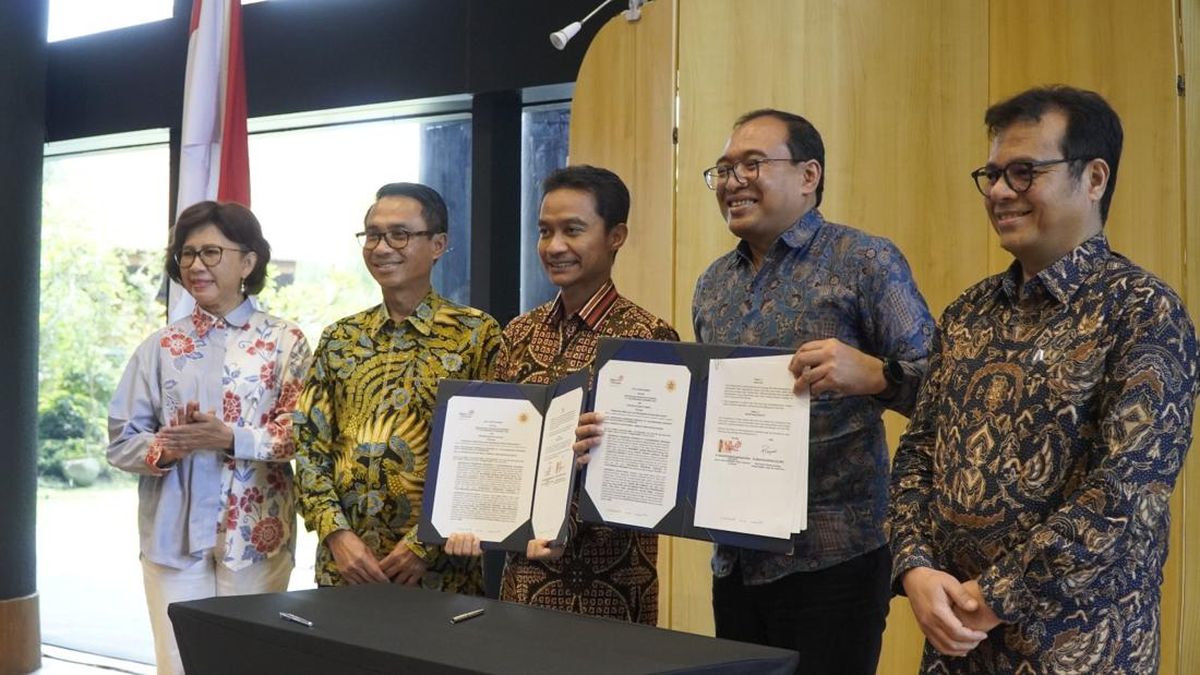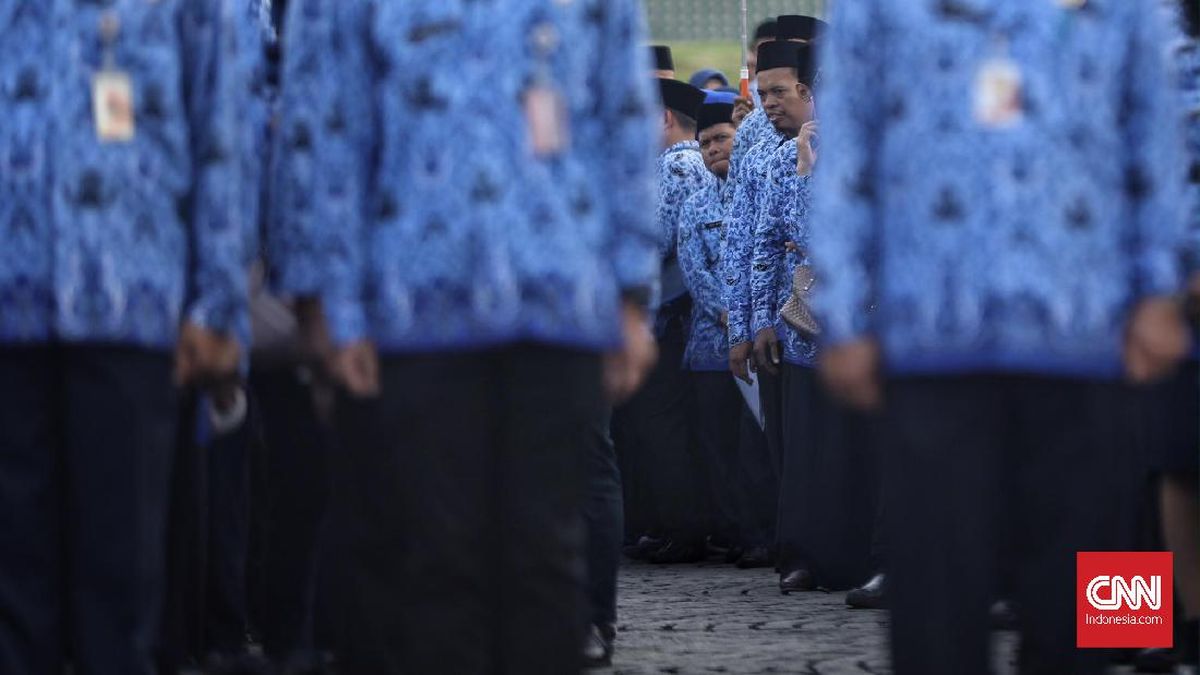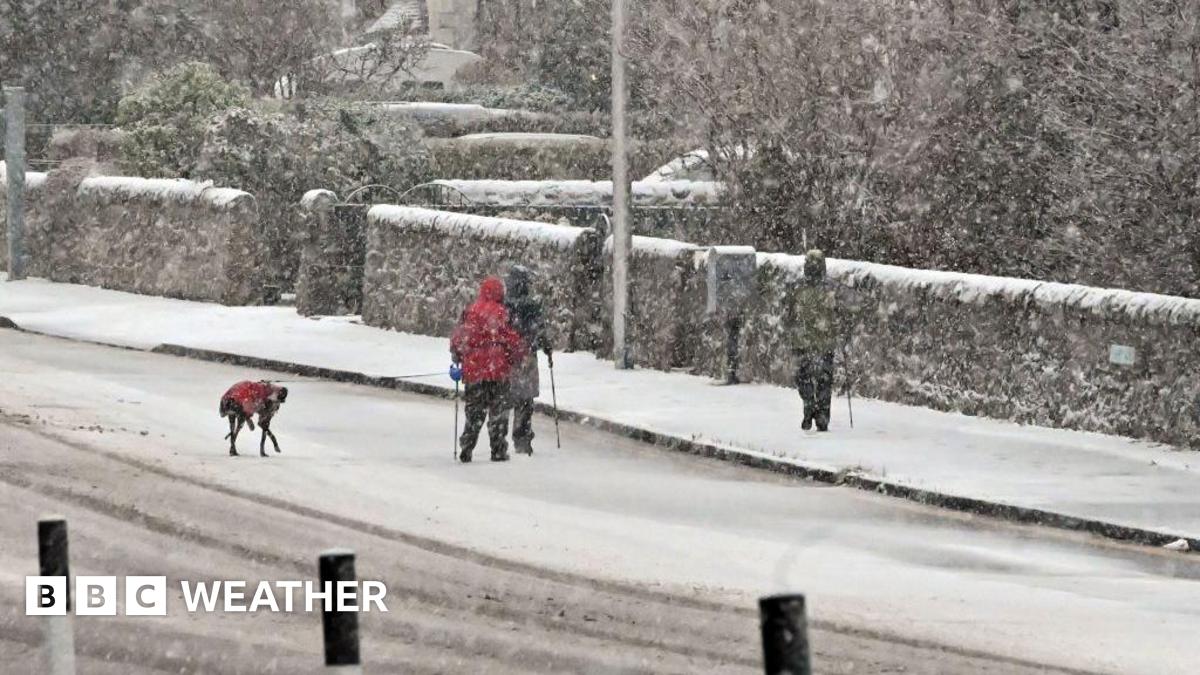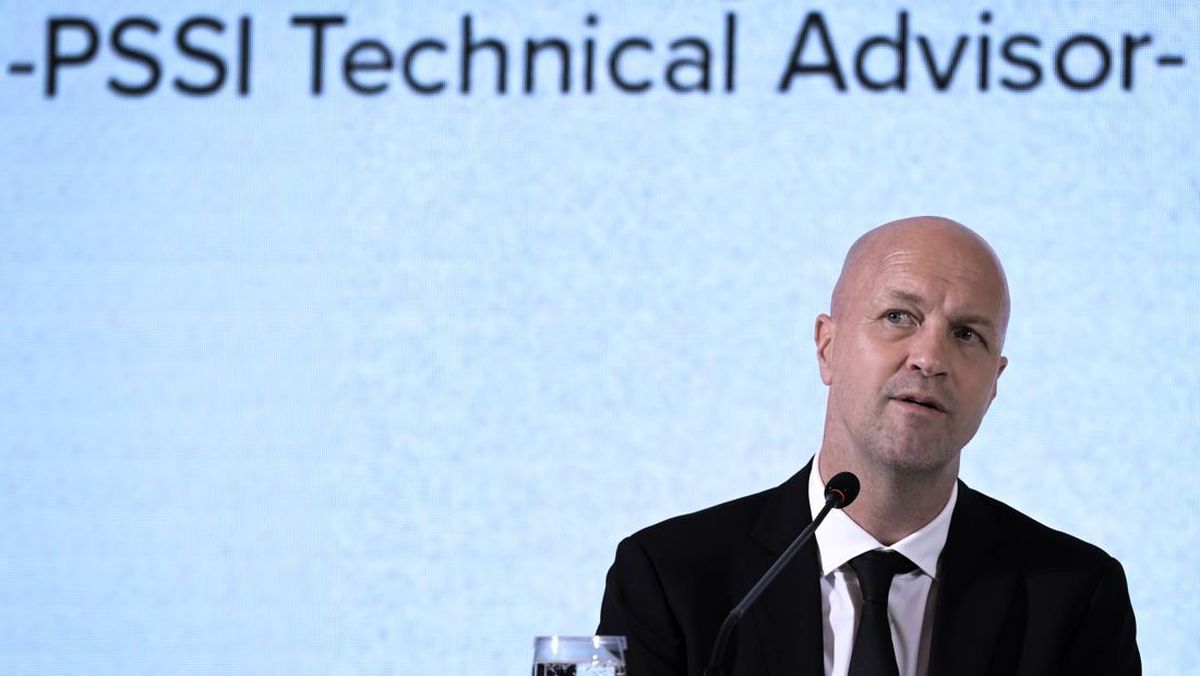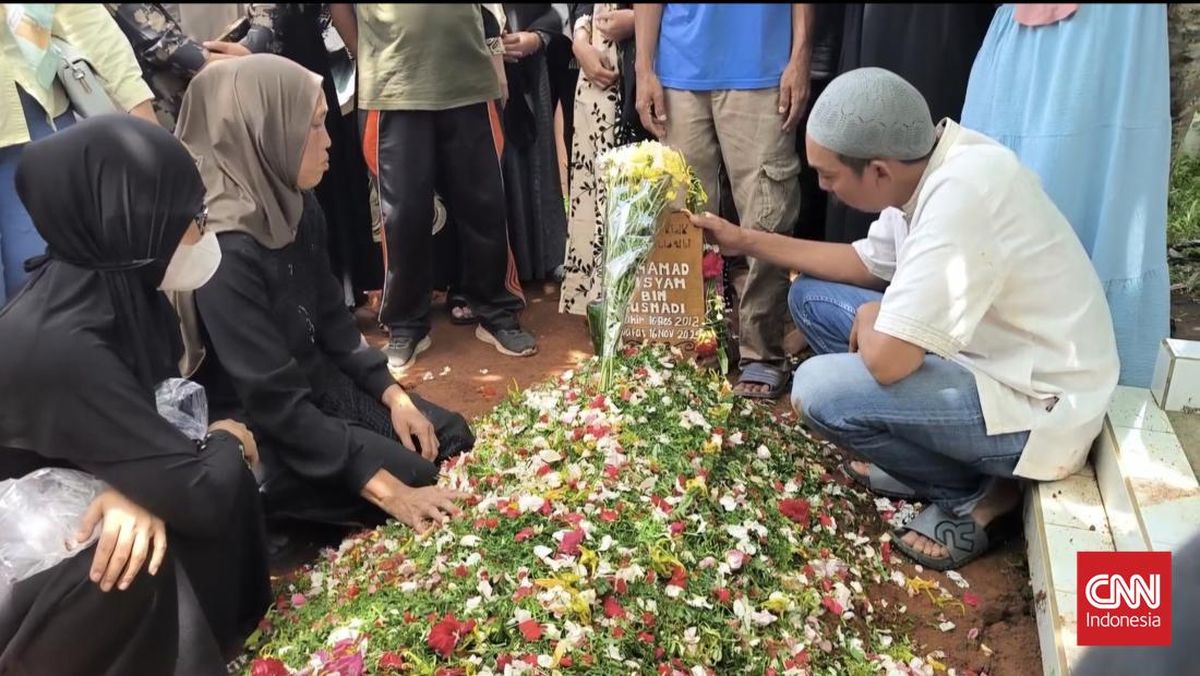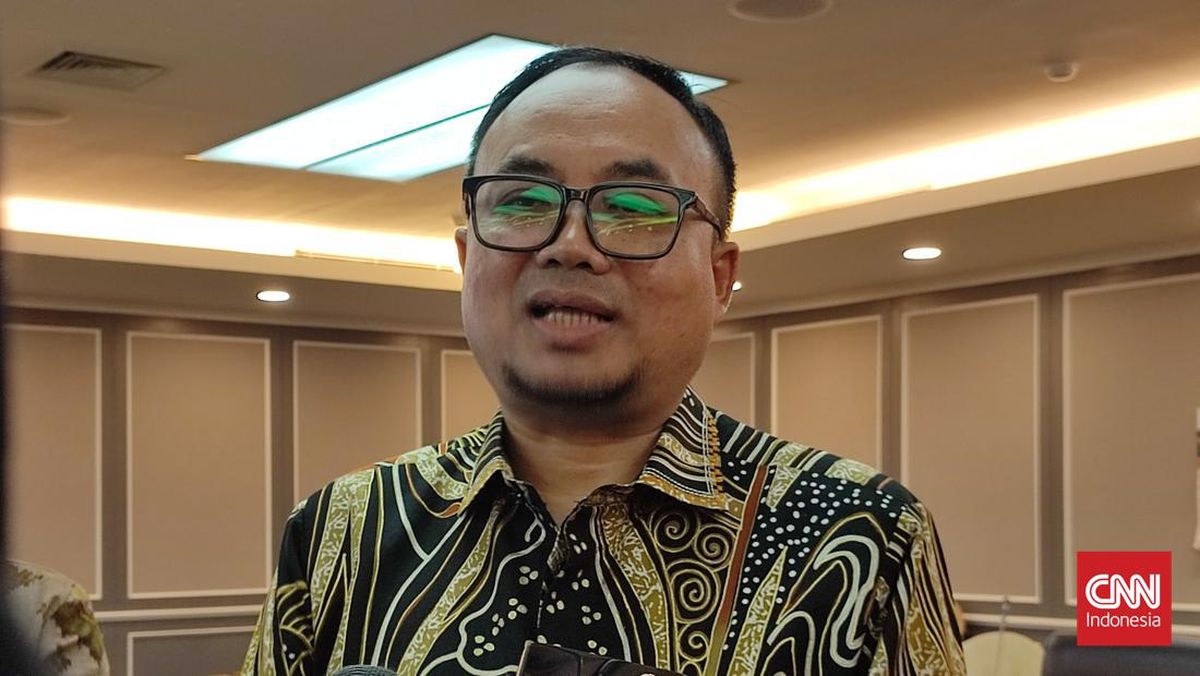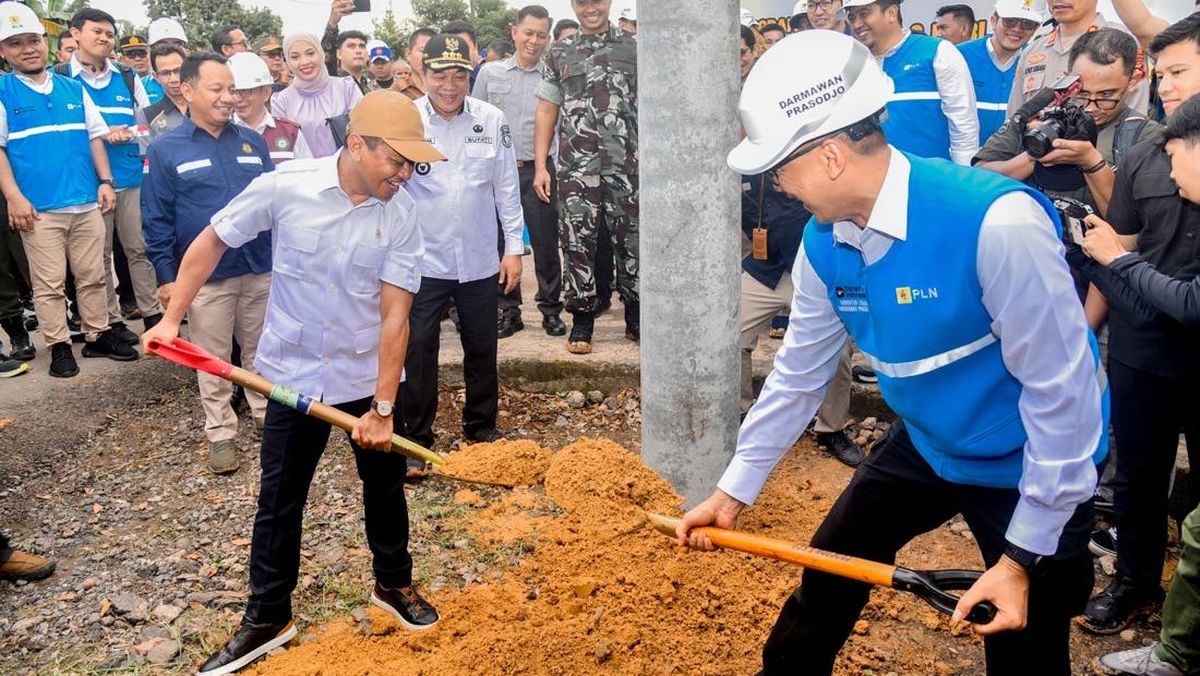When Stacey Walker swiped on her ex-partner’s profile on a dating app, he seemed different from men who were quick to inundate her with sexual advances.
The 35-year-old says he was tall, dark and handsome, disarming any fears she had about online dating with his warmth, charisma and consistency.
“He just seemed like he was everything I had ever wanted in a man,” Walker recalls.

Radiographer Miranda Northey prepares Stacey Walker for an MRI at the Victorian Institute of Forensic Medicine. Credit: Jason South
Warning: Distressing content and images
But over the next four years, the relationship Walker thought was her “fairytale ending” unravelled.
It was innocuous at first; he would arrive her work unannounced with a bunch of flowers. But slowly, he grew increasingly controlling, then emotionally and financially abusive and physically violent.
During one violent attack, he strangled the mother-of-one unconscious. She woke up in bed to find him towering over her and screaming in her face not to tell anyone.
Loading
This year, he was among the first perpetrators in Victoria to be convicted and jailed under the state’s landmark non-fatal strangulation laws, which came into effect last year, making it a criminal offence to intentionally choke or strangle a person.
The man, who cannot be named for legal reasons as he is facing a spate of other criminal charges, was sentenced to 50 days in jail.
Experts warn, however, securing criminal convictions for non-fatal strangulation cases still face profound challenges due to a lack of forensic evidence.
In a world first, the Victorian Institute of Forensic Medicine in Melbourne is hoping to change this.
A team of experts at the institute will soon begin using a dedicated, state government-funded MRI scanner to help police investigate internal injuries to gather forensic evidence for non-fatal strangulation victims like Walker.
Globally renowned forensic radiologist Dr Chris O’Donnell says the MRI technology could uncover crucial and subtle trauma that could lead to a surge of criminal convictions in courtrooms.
Unlike other violent assaults, non-fatal strangulation and choking often leaves little external evidence.

Globally renowned forensic radiologist Dr Chris O’Donnell says the MRI technology has the potential to be revolutionary due to its ability to uncover crucial and subtle trauma that could lead to a surge of criminal convictions in courtrooms under the non-fatal strangulation laws.Credit: Jason South
“There may be some minor bruising or some finger marks … so it can be very hard to corroborate that the event has occurred,” O’Donnell says.
“Instead of just looking on the skin, we actually want to look inside the body.”
“Instead of just looking on the skin, we actually want to look inside the body.”
Globally renowned forensic radiologist Dr Chris O’DonnellAn MRI machine can provide detailed three-dimensional images of soft tissue inside the neck and reveal hidden internal trauma such as bruising, swelling to fat and deep muscles, and small fractures in bones including to those linked to the airways.
These types of injuries are often not picked up during routine clinical examinations in emergency departments or in CT scans, which are generally used in hospitals where staff are focused on detecting life-threatening injuries like major brain bleeds or splits in blood vessels following strangulation or choking.
“This technology is right at the cutting edge,” O’Donnell says. “There’s a lot of interest in trying to prosecute in this space, and if you’re going to prosecute you have to have good evidence.”
This masthead can reveal that since the non-fatal strangulation law came into effect last October, 172 criminal charges of the new offences have been finalised and perpetrators sentenced in magistrates courts up to August. One charge of non-fatal strangulation was also finalised in the Children’s Court.
Mounting research suggests a person who survives non-fatal strangulation by a current or former partner is seven times more likely to be seriously injured or murdered by that person.

Radiographer Miranda Northey and Stacey Walker.Credit: Jason South
One study found the likelihood of homicide leapt by 800 per cent if a victim’s partner or former partner attempted to strangle them.
From ‘love bomber’ to violent abuser
Walker had found herself recently single in the midst of a coronavirus pandemic after more than decade-long marriage. She was apprehensive, having not dated in years, and spoke to a man for months online and via FaceTime before meeting him in person.
“As soon as we met, he wanted to be all in, which is my nature too, but in hindsight he absolutely love-bombed me,” Walker says, referring to a manipulative tactic in which someone floods a potential partner with excessive attention, flattery and grand gestures to gain control.
“He would call me all the time. He would show up to my work with flowers. Like any other brand-new romance, it was full of ‘I love you’s’ very quickly, and a lot of time spent with each other.”
Loading
About a year into the relationship, he came home after midnight and stormed into the house they shared.
When Walker asked where he had been, he grabbed her neck and threw her across their bedroom.
“He was six foot five and 130 kilos, so he was a big, big guy, and I smashed my shoulder onto the bed and then onto the ground,” Walker says.
“His daughter came in screaming and called an ambulance.”
The man started wanting to see proof of Walker’s location at all times, demanding she take photos of herself at her desk at work to prove she was there.
The physical violence worsened, too. She was convinced he would kill her one night when he choked her and then suffocated her with a pillow. Another time, he locked her in a hotel room and violently assaulted her over many hours.
“I was just screaming... ‘I love you... please stop doing this to me’,” Walker says, her cracking with emotion.
“I could just picture myself in a coffin and my son walking down the aisle at my funeral.”
Loading
Victims of strangulation or choking can also be left with injuries to their larynx (voice box) or a group of muscles in the neck, known as strap muscles (named for their long, flat shape, resembling a strap).
O’Donnell says while this soft tissue is vulnerable to bleeding through neck compression, damage to the muscles is often not picked up in clinical examinations at hospitals but can be detected by MRI imaging.
A game changer for strangulation laws
Victims of violent or sexual assaults can enter the institute discreetly through a backstreet behind the Victorian Coroner’s Court. Inside the building, there is an examination and change room and a scanning bed, with a patient intercom and imaging screen.
It is a Thursday afternoon in spring, and O’Donnell is sitting at a desk next to the scanning room.
On the screen is an image of the inside of the neck of a victim of non-fatal strangulation. He explains that the white, shadowy markings on the image indicate where swelling and bleeding occurred when force was placed on the victim’s throat.
Loading
In the room next door, there is a morgue, with stainless-steel table and bright theatre lights, where autopsies are undertaken for those who have died in violent or unexplained circumstances.
O’Donnell also uses radiation-based computer tomography (CT) scans to determine how people die.
But for living patients like Walker, a separate bed is used for an MRI facility, and the ceiling projects a calming image of leafy trees and a blue sky scattered with clouds.
The institute’s forensic physician, Dr Maaike Moller, undertakes medical examinations of about 600 victim/survivors of sexual assault in Victoria each year.
She also examines hundreds of others who have experienced other forms of interpersonal violence.

Forensic physician Dr Maaike Moller undertakes medical examinations of hundreds of victim-survivors of sexual and violent assaults in Victoria each year.Credit: Jason South
The victim’s welfare is at the heart of everything Moller does. If the victim has had their hair pulled during the assault she carefully examines their skull for subtle signs such as bleeding near hair follicles or scratches around their ears.
If they have been punched, kicked or bitten, she gathers and documents any forensic evidence she can to be used in court.
“They might have blacked out or been left with a hoarse voice following the assault and the scan they would usually receive would be a CT scan at the hospital in the first instance,” Moller says.
Like O’Donnell, she believes the use of an MRI scanner will be a game changer for victims of choking or strangulation.
“This MRI technology has potential to fill the gap between the hospital assessment and our forensic clinical assessment,” she says.
Loading
Non-fatal strangulation can have serious health effects, including memory loss, paralysis, pregnancy miscarriage, and changes to vision, vocal cords, hearing and breathing.
Brain injury from repeated strangulation can also build up, like the impact of concussion among sportspeople. Symptoms, including stroke, could occur many months later.
O’Donnell is hopeful that using the MRI to track cases of non-fatal strangulation will not only help increase criminal convictions, but also assist with research into the crime globally.
Melbourne is the first place in the world where a dedicated MRI machine will be used to track injuries from non-fatal strangulation, and most research to date has been undertaken in retrospective studies.
“They’re not a particularly rigorous scientific exploration,” he says.
“We’re in a position to change this. We have the physicians, and we can take all the people who have experienced this and scan them so then we have a much better understanding of how frequent it is, and the more likely sites of injury.”
A first offence of strangulation in Victoria carries a five-year maximum sentence and does not require proof of injury.
The second, more serious, offence carries a maximum sentence of 10 years behind bars, and applies to instances in which a perpetrator intentionally causes injury to the victim.
The roll-out of the laws came as experts warned the practice of strangulation during sex had become so widespread that more than half of Australian young people had used it.
National data suggests 57 per cent of people aged 18 to 35 have been strangled during sex at least once.
Doctors and researchers warn that understanding of the dangers is so lacking that even those who consent to it are not aware of the grave risks, which include death within minutes and brain injury.
Earlier this year, Walker’s former partner was charged with non-fatal strangulation, false imprisonment, threats to kill and other offences.
By the time he was sentenced, he had already served his 50 days and was able to walk free from court the day he was sentenced.
Walker is now pushing to change the laws to mandate increased jail time for perpetrators of non-fatal strangulation.
“If he was sentenced to the maximum penalty of everything that he was charged with, he should have gotten 37 years, but he got 50 days,” she says.
“The sentence should reflect the lifelong damage it does to women.”
Each night, when she closes her eyes to go to sleep, Walker still has visions of her abuser in black jeans, shirtless, running towards her with a belt in his hand.
“I feel like I can’t escape what he has done to me,” she says.
She is speaking out to compel other victims of abuse to come forward.
“I want people to know who I am and that I am not laying down,” Walker says.
“I want other women to know they can seek support and help. This is life or death. The numbers of women being killed in Australia are too much for us not to think like that.”
Victorian Attorney-General Sonya Kilkenny said non-fatal strangulation was rarely an isolated event and often revealed an ongoing and escalating pattern of coercive and controlling behaviour.
“Our investment means we now have Australia’s first dedicated forensic MRI facility – detecting injuries missed by other scans and reducing the trauma that loved ones can go through with invasive coronial processes,” she said.
A Victoria Police spokeswoman said police welcomed the enhanced forensic examination capability provided by the new MRI scanner.
“All police receive extensive family violence training which includes how to accurately identity and respond to non-fatal strangulation,” she said.
“Police are here to listen and have dedicated family violence detectives who are committed to investigating these matters.”
If you or anyone you know needs support, you can contact the National Sexual Assault, Domestic and Family Violence Counselling Service on 1800RESPECT (1800 737 732), Lifeline 131 114, or Beyond Blue 1300 224 636


